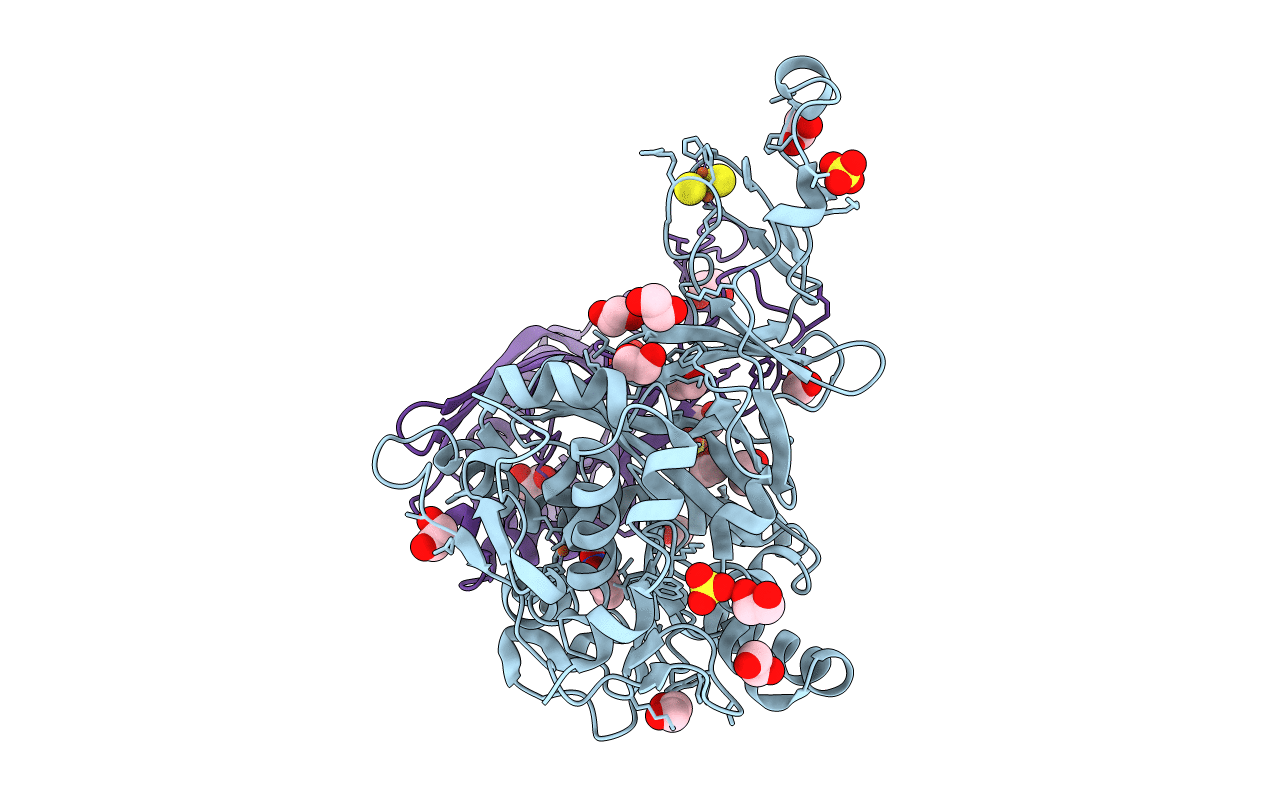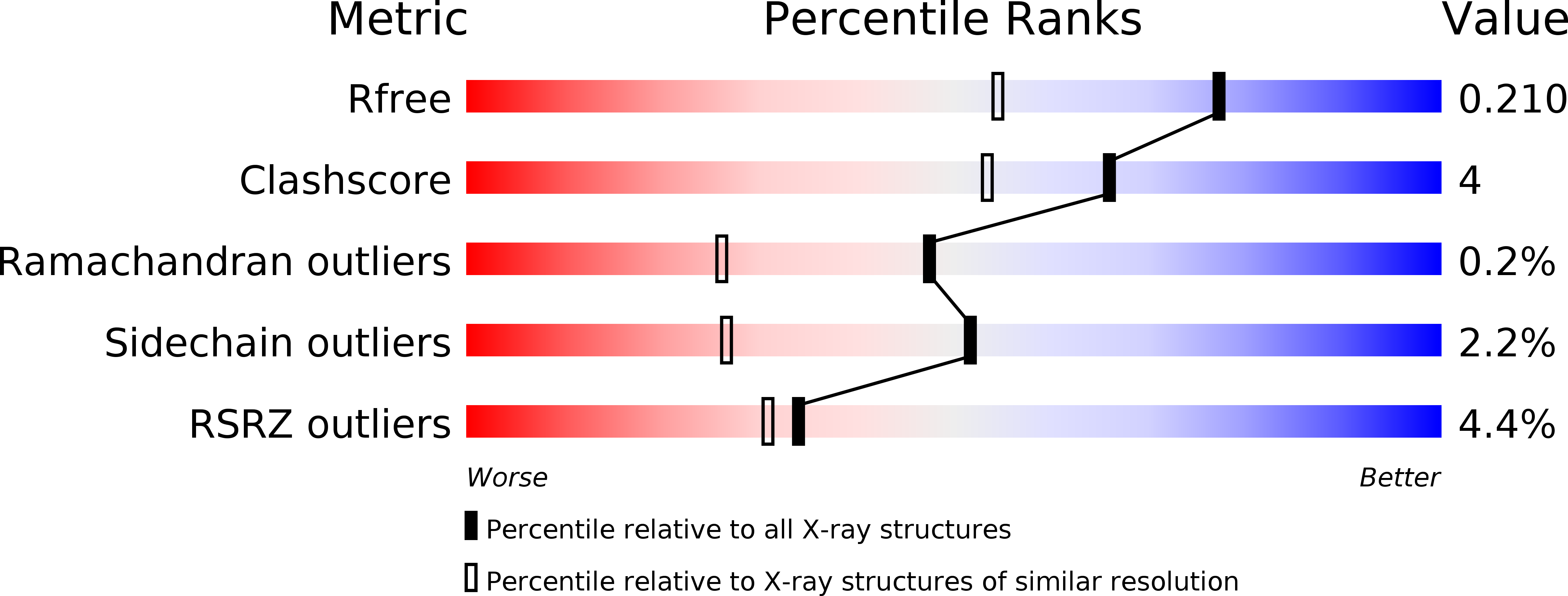
Deposition Date
2006-07-11
Release Date
2006-10-10
Last Version Date
2023-08-30
Entry Detail
PDB ID:
2HMO
Keywords:
Title:
Crystal Structure of Naphthalene 1,2-Dioxygenase Bound to 3-Nitrotoluene.
Biological Source:
Source Organism:
Pseudomonas sp. (Taxon ID: 306)
Host Organism:
Method Details:
Experimental Method:
Resolution:
1.60 Å
R-Value Free:
0.19
R-Value Work:
0.16
R-Value Observed:
0.16
Space Group:
H 3 2


